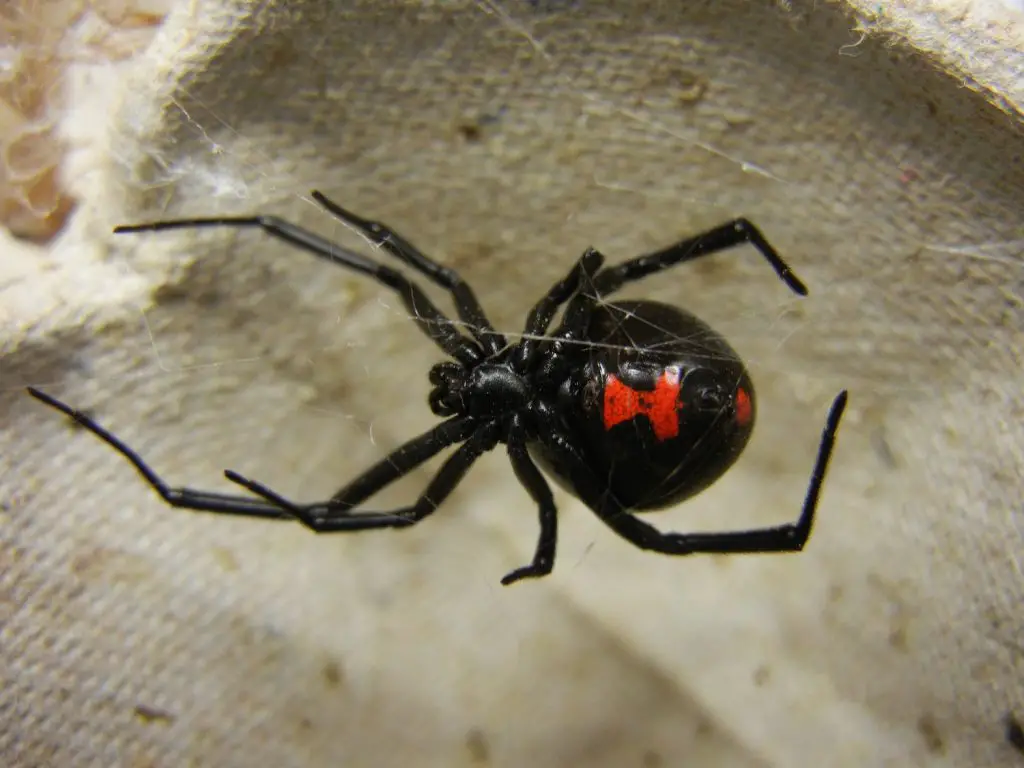Do you ever wonder what color a spider is? Well, the answer to this question is not as simple as you might think. In fact, spiders come in an array of colors, from the common brown or black to shades of green and pink. In this article, we will uncover the color secrets of spiders and explore the diverse colors and patterns of these fascinating creatures.
Spider Anatomy
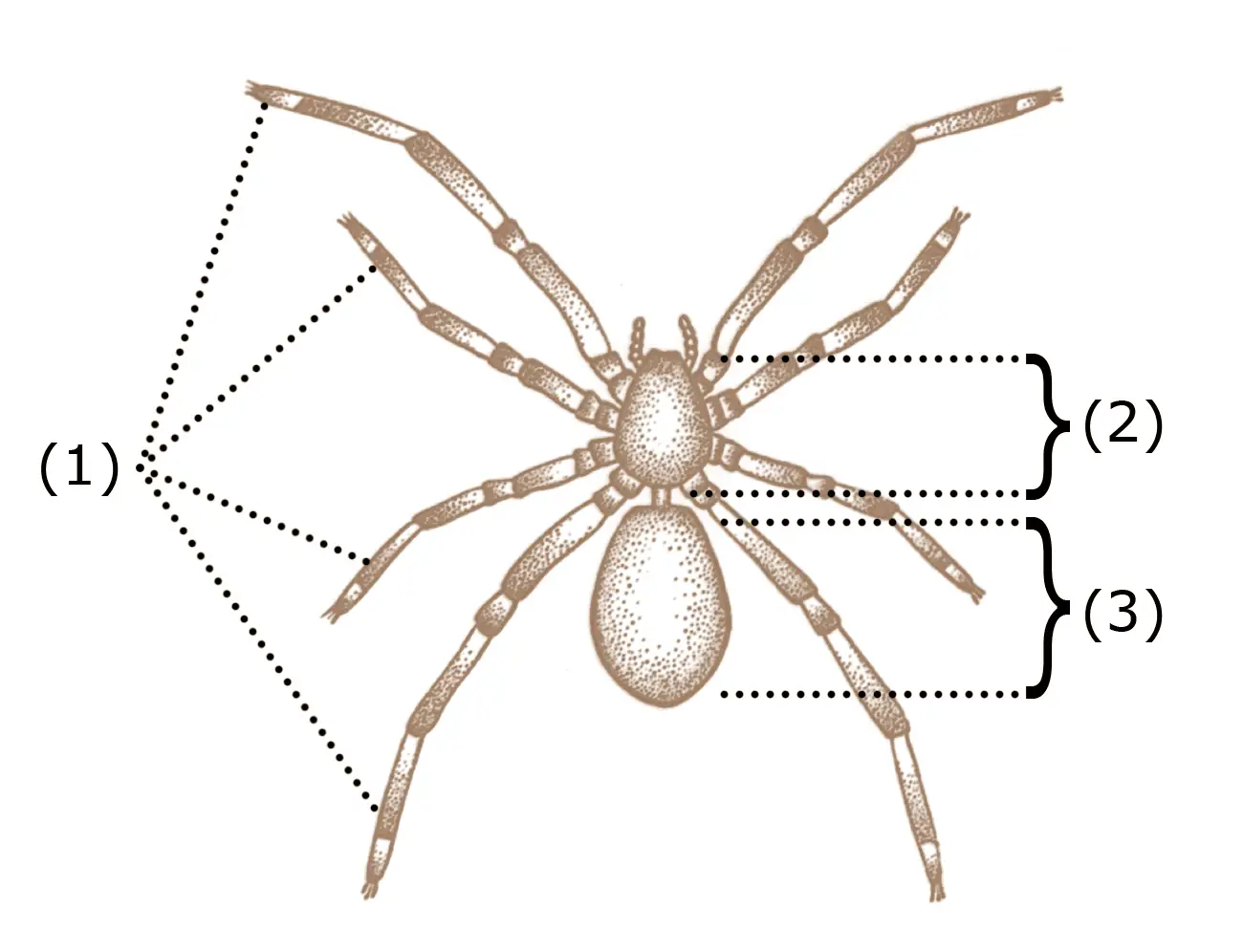
- Spiders have two main body parts; the cephalothorax and the abdomen
- The cephalothorax contains most of the spiders organs, including the eyes, brain, mouth, and legs
- The abdomen contains the digestive system and most of the spiders body mass
- Spiders have eight legs covered in microscopic hairs
- Spiders also have two pedipalps, which are used for sensing and grasping
- Spiders have two main types of body coloration: pigment and structural colors
- Pigment colors come from melanin and carotenoid colors in the spider’s exoskeleton
- Structural colors are caused by the reflection of light off of microscopic structures within the exoskeleton
Types of Spiders
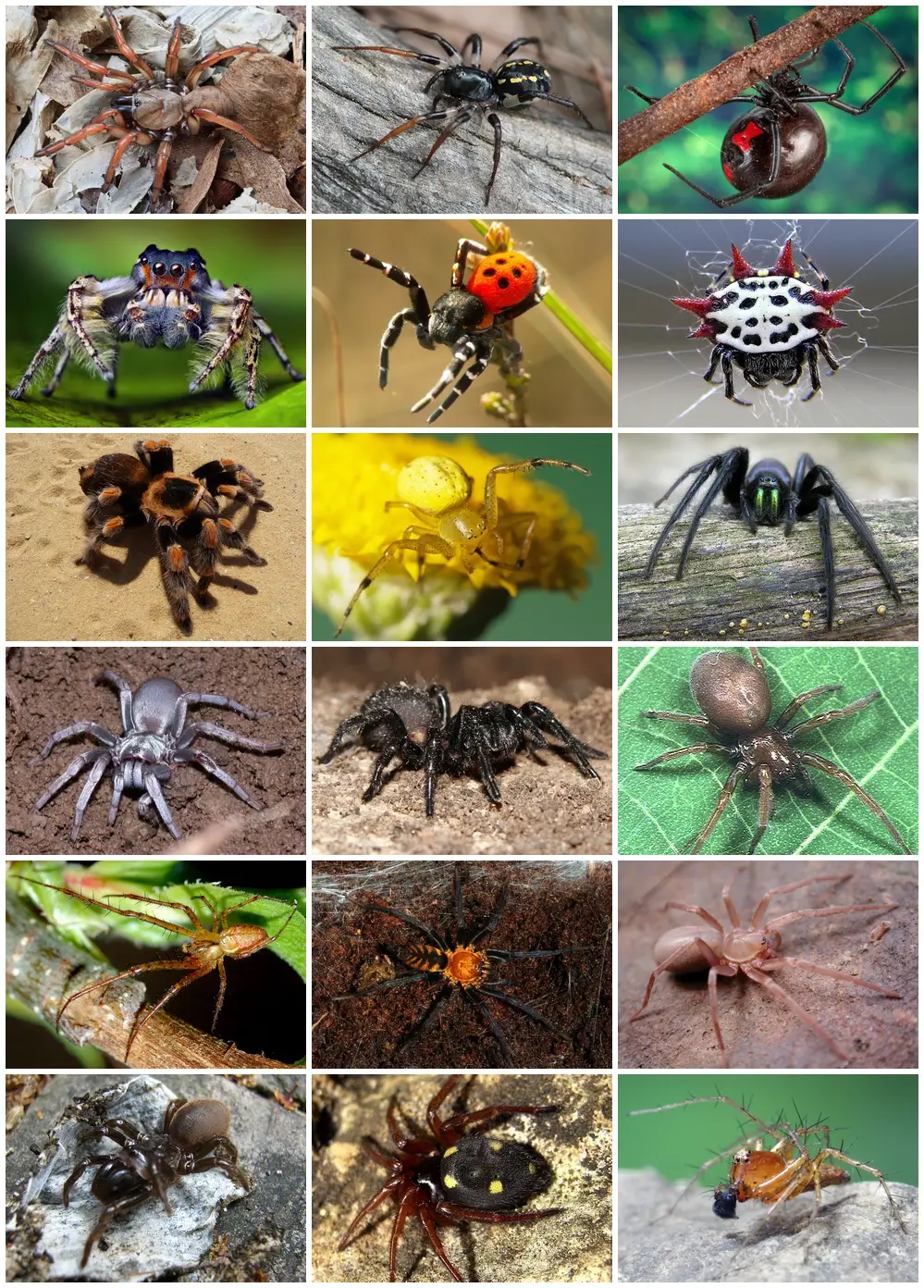
Huntsman Spiders
Huntsman spiders are generally dark brown to gray in color. They can range from solid gray or brown to mottled gray and brown.
Jumping Spiders
Jumping spiders are typically black or brown and may have lighter colored markings on their backs. Some species may have colorful patterns on their abdomens or be adorned with metallic colors.
Wolf Spiders
Wolf spiders vary in color, but are typically shades of brown with black markings. They may also be gray or black with lighter colored markings. Some species may have lighter colored stripes on their legs or bright yellow spots on their backs.
Camouflage
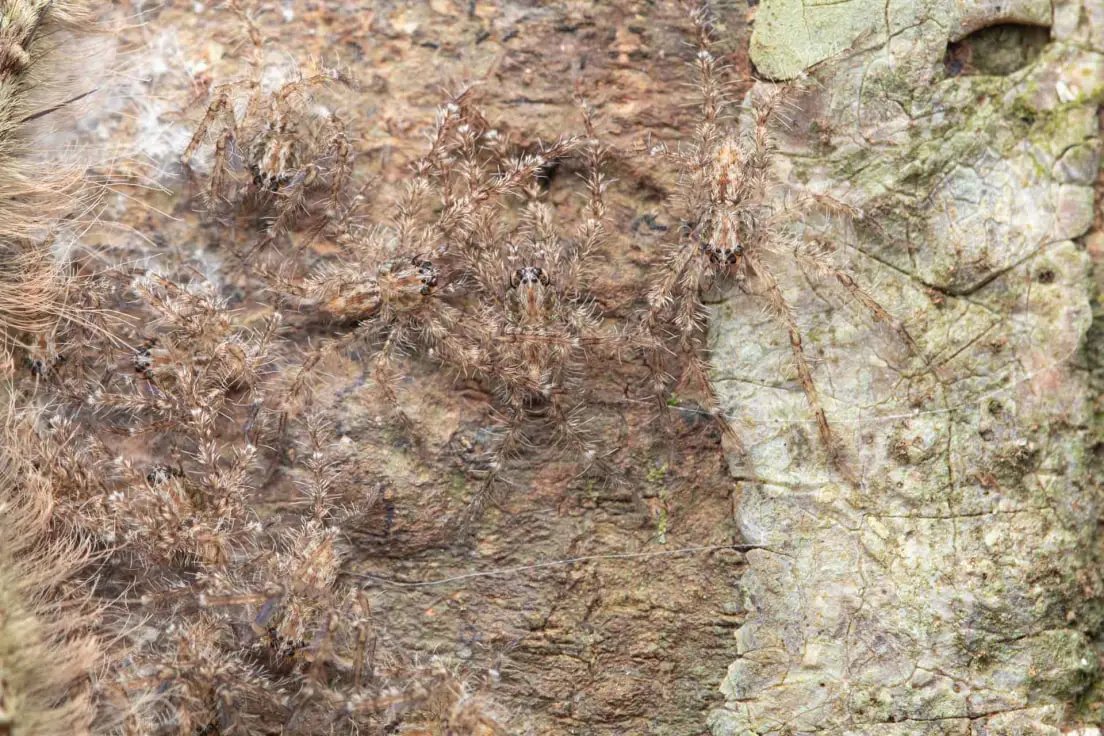
Many spiders have evolved to blend in with their environment. This type of camouflage is especially common among spiders that build webs or hunt on the ground. Depending on the habitat, spiders can be black, brown, gray, or even white. This allows them to hide from predators, as well as hide from their prey.
Eye Spots
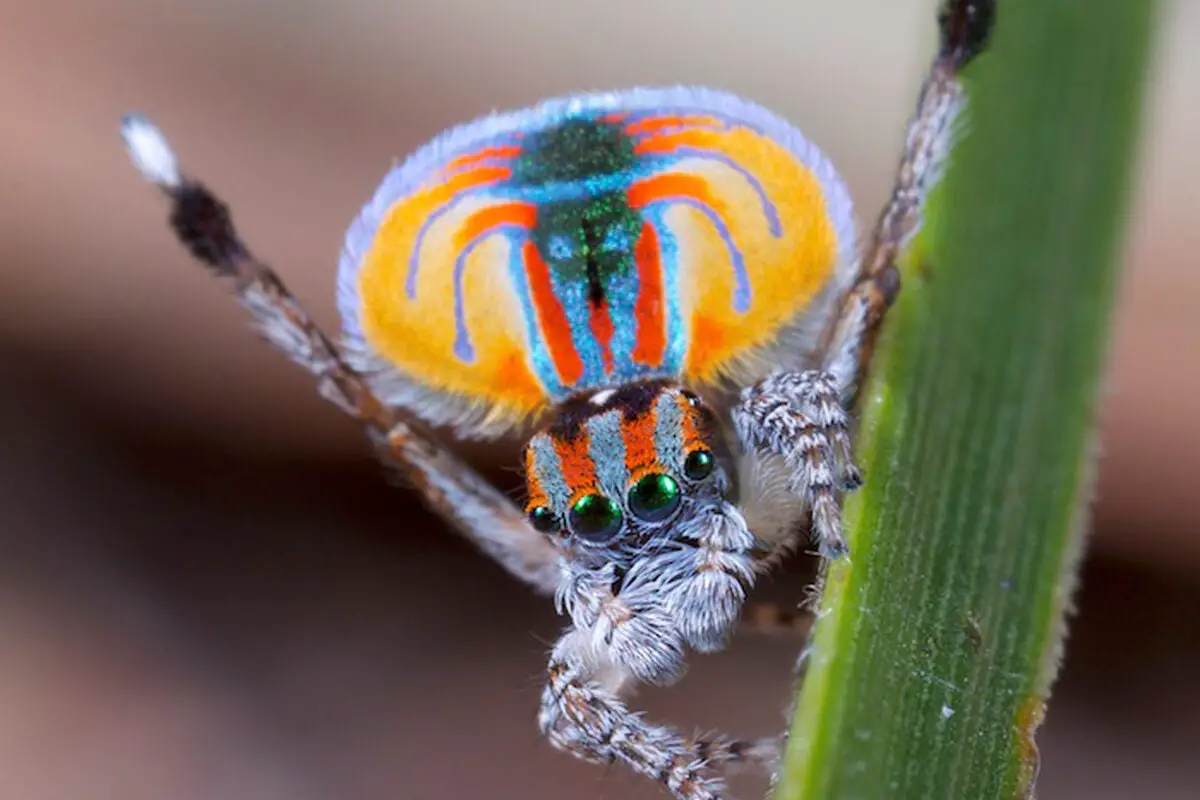
Some species of spiders have evolved to have eye spots on their bodies. These eye spots may look like eyes, but they are not actually eyes. They are usually just a pattern on the spider’s body. Spiders with eye spots often have bright colors, like yellow or red, which can startle predators and make them less likely to attack.
Stripes and Patterns
Spiders often have stripes or patterns on their bodies. These patterns can be bands, dots, or spots. They can also be stripes or zigzags. These patterns may help the spider blend in with its environment, or they may be used to attract mates. Sometimes, these patterns can also make the spider look bigger or more dangerous than it actually is.
Spider Color Variations
Spiders come in a variety of colors, ranging from shades of brown, yellow, black, white and grey, to brighter colors like red, orange, blue and green. Some species are even known to have multiple colors on their bodies. Depending on the species, coloration can be used for identification, camouflage or to attract mates.
| Color | Description |
|---|---|
| Brown | Most spiders are brown in color, with variations of light and dark shades. |
| Yellow | Some spiders have yellowish markings on their bodies, often in the form of stripes or spots. |
| Black | Some spider species have black markings or patches on their bodies. |
| White/Grey | White and grey spiders are often found in warmer climates. |
| Red | Red spiders have bright red or orange markings on their bodies. |
| Blue/Green | Some species of spiders have blue or green markings on their bodies. |
Some spiders also have iridescent or metallic colors, while others may be brightly colored to mimic other species in order to avoid being eaten by predators. Some species of spiders are even capable of changing color in order to blend in with their environment.
1. Brown
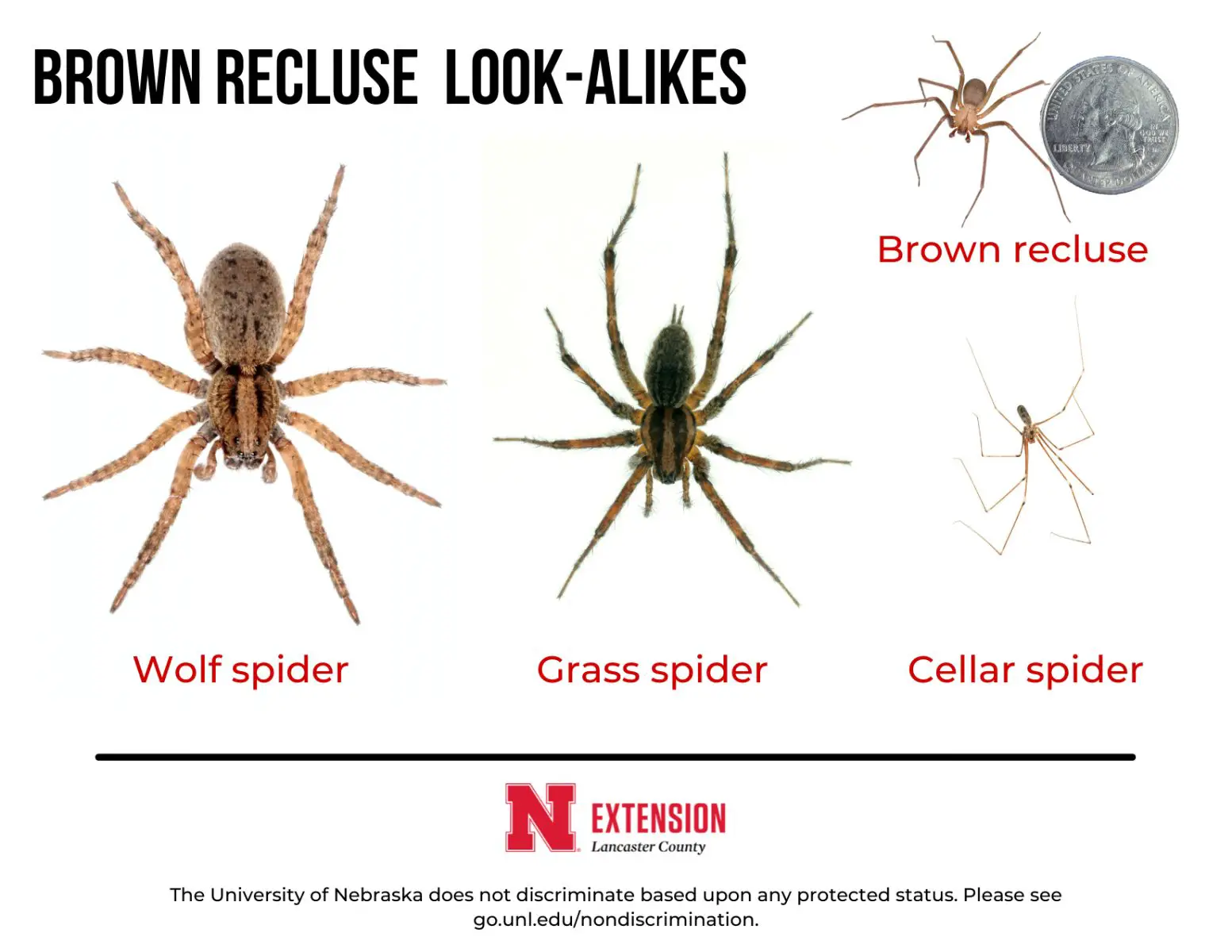
Brown spiders can range from light sandy colors to dark shades of brown. Some species may have stripes or markings on their bodies, while others may be solid in color. Brown spiders may also have varying shades of red, orange, and yellow.
2. Black
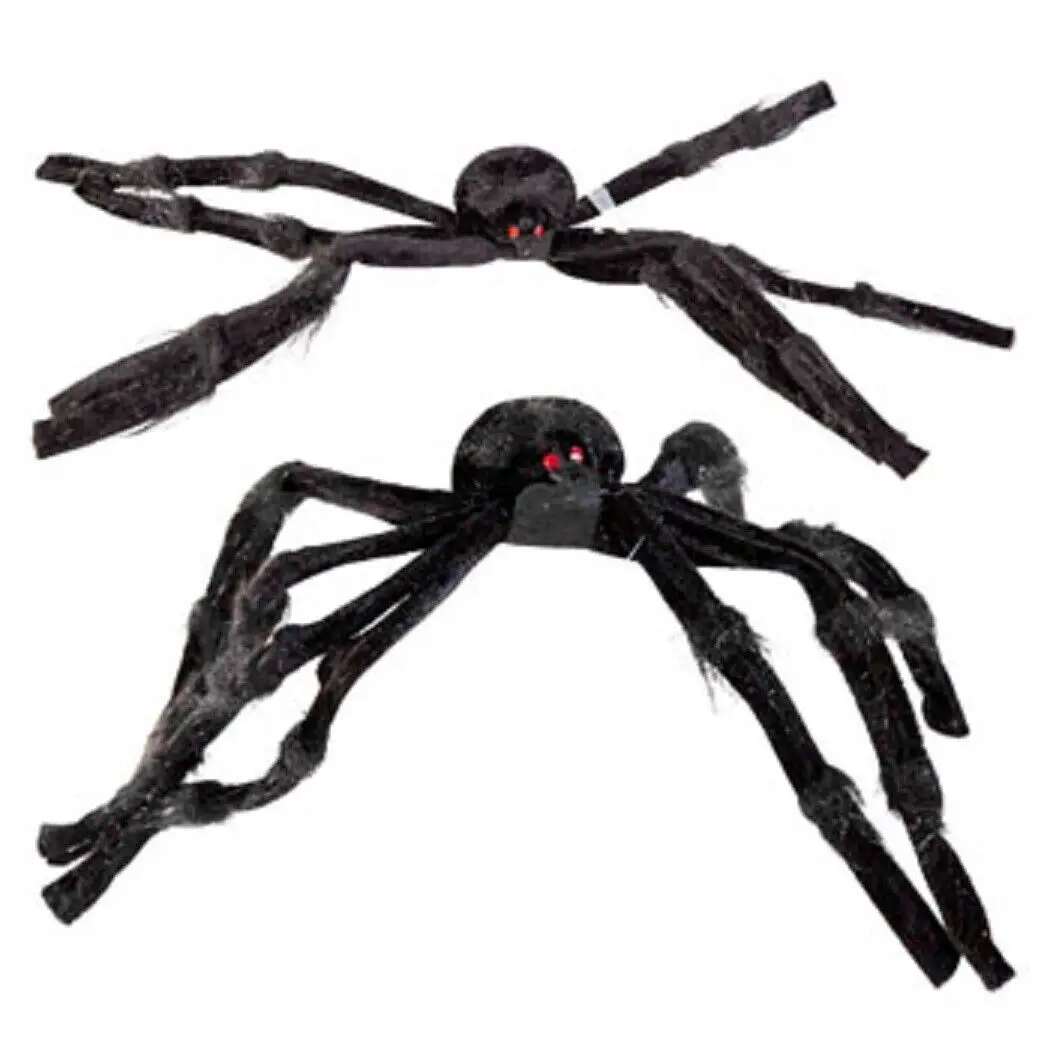
Black spiders can vary in size and shape, but most have a dark, glossy carapace and black or gray legs. These spiders can be found in wooded areas, on shrubs, and near water. They typically feed on insects, but some species also eat small invertebrates, like snails and worms.
3. Red
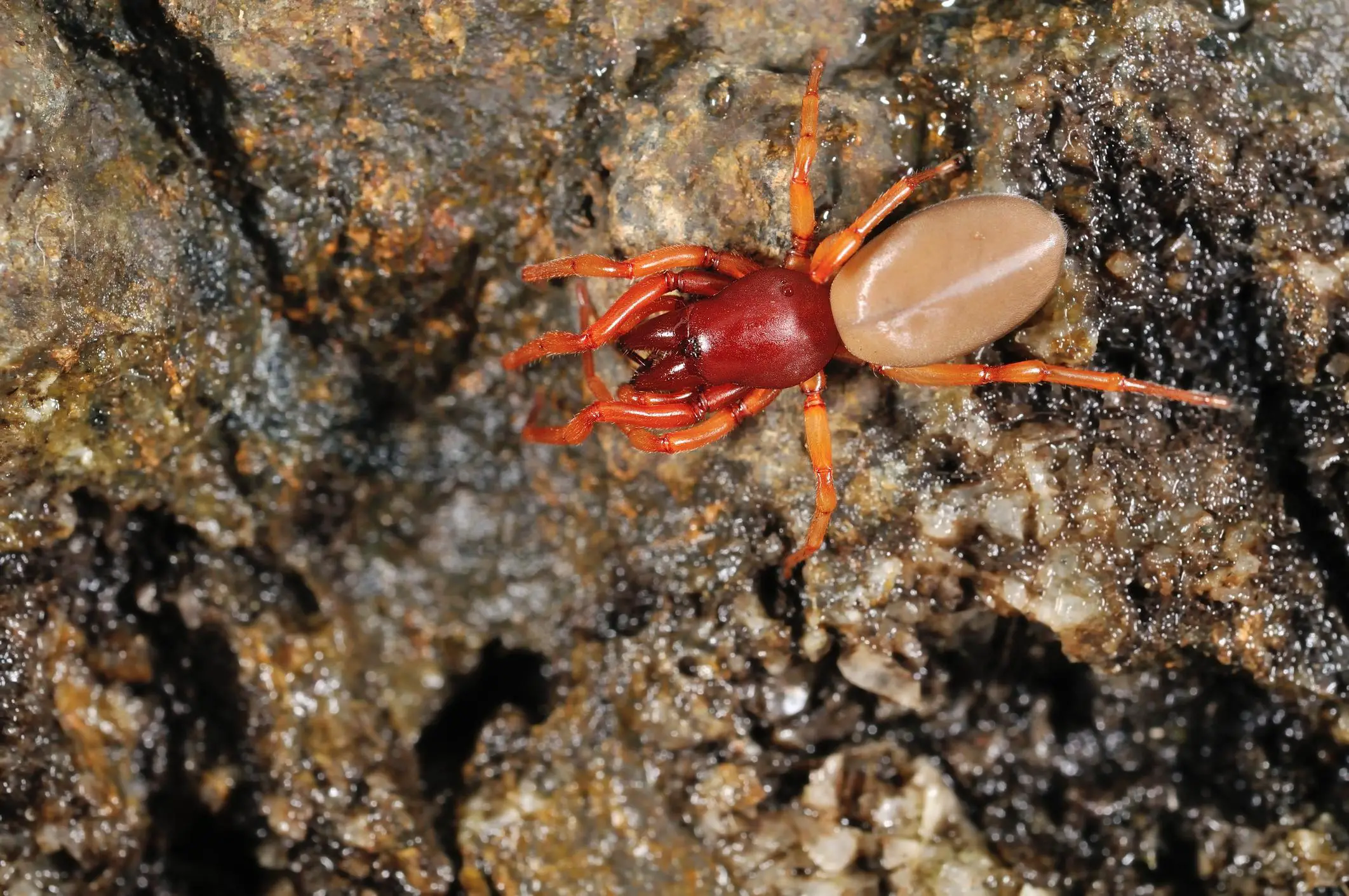
| Spider | Color |
|---|---|
| Hobo Spider | Reddish-brown |
| Southern House Spider | Reddish-brown |
| Sac Spider | Light yellow to orange |
| Brown Recluse Spider | Light to dark brown |
| Black Widow Spider | Black or reddish-brown |
A few spider species have red coloring. The Hobo Spider and the Southern House Spider are both reddish-brown. The Sac Spider is light yellow to orange, while the Brown Recluse Spider is light to dark brown. The Black Widow Spider can be black or reddish-brown.
4. Green
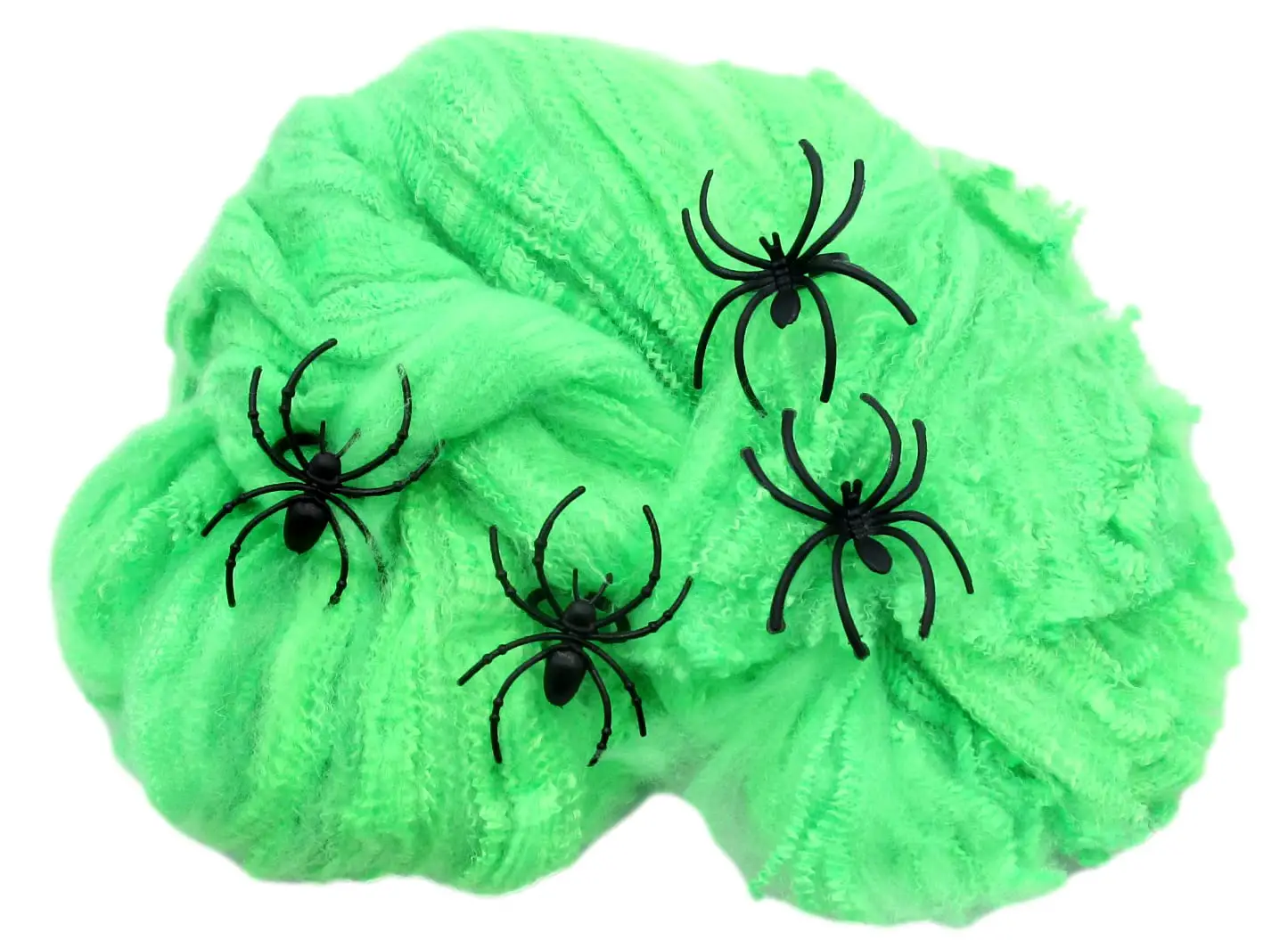
- Certain species of spiders, such as the Western Spotted Orb-weaver, are green.
- The green color is typically found in spiders that live in woody and leafy areas, as it helps them blend in with their environment.
- The green color of a spider is typically the result of the combination of yellow, black and white hairs, which produces a light green color.
5. White
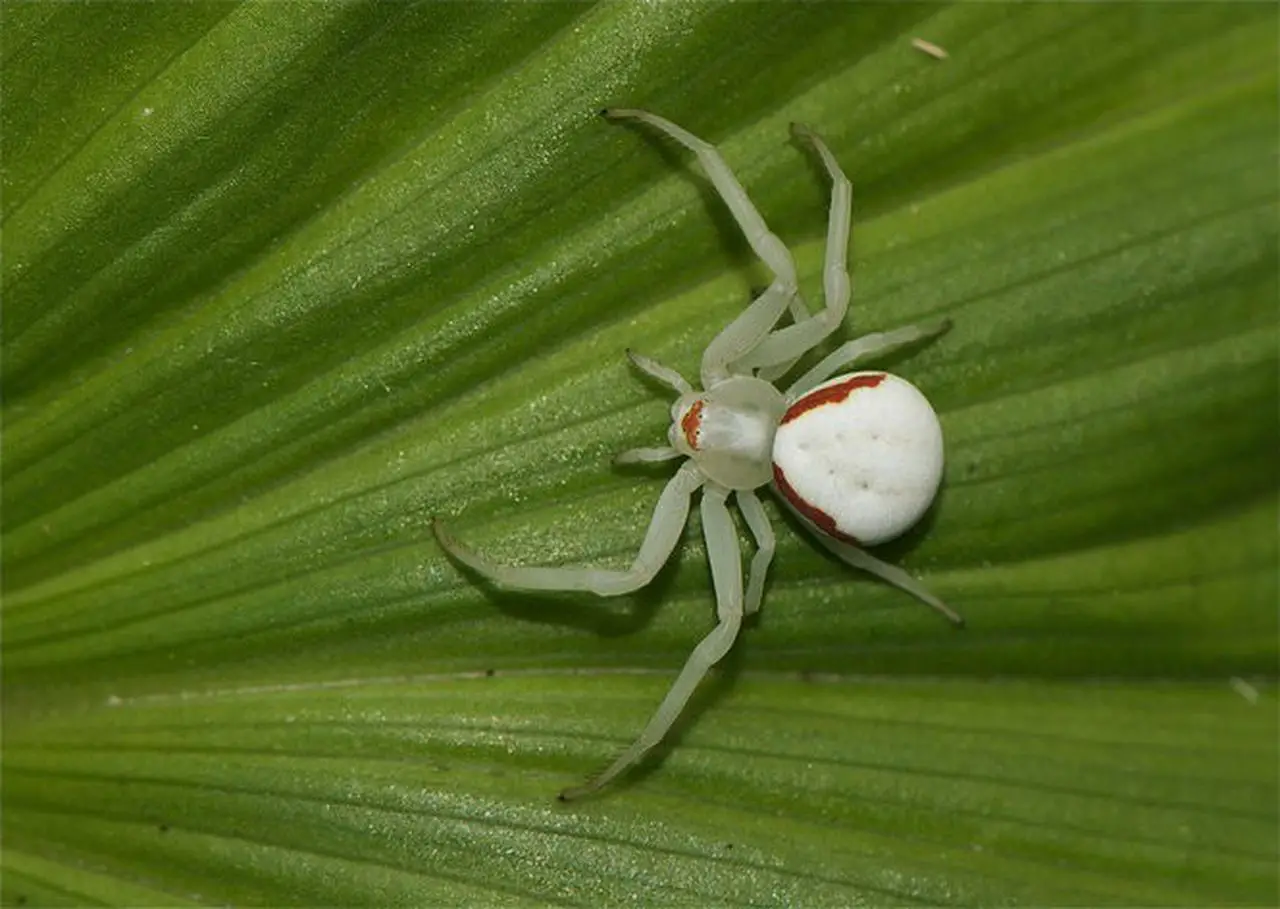
- Some spiders may have white markings on their bodies, either as solid white patches or as white stripes or spots.
- Common examples of white-colored spiders include the black and yellow garden spider, the white banded crab spider and the white tailed spider.
- The white tailed spider is a large spider, with a brown-black body and white markings on the tail end of its abdomen.
- The white banded crab spider has a white band stretching across its abdomen, with white stripes on its legs.
- The black and yellow garden spider has yellow and black stripes on its body, with white spots.
Spider Color Adaptations
| Spider | Coloration | Adaptation |
|---|---|---|
| Jumping Spider | Grey, black, and white | Camouflage against bark, lichen, and rocks |
| Wolf Spider | Brown and tan | Camouflage against soil and leaves |
| Crab Spider | White and yellow | Camouflage against flowers |
| Trapdoor Spider | Brown and tan | Camouflage against soil and leaves |
| Orb Weaver Spider | Yellow, white, or brown | Camouflage against foliage, bark, and rocks |
Spiders come in a variety of colors and patterns, many of which are adapted to their environment. Jumping spiders, for example, are typically found in shades of grey, black, and white, which helps them to blend in with the bark of trees, lichen, and rocks. Wolf spiders, on the other hand, are typically found in shades of brown and tan, which helps them to blend in with soil and leaves. Crab spiders are often white or yellow in color, which helps them to camouflage against flowers. Trapdoor spiders also have a brown and tan coloration, which helps them to blend in with the soil and leaves in their surroundings. Finally, orb weaver spiders can be yellow, white, or brown in color, helping them to blend in with foliage, bark, and rocks.
Spider Color and Behavior
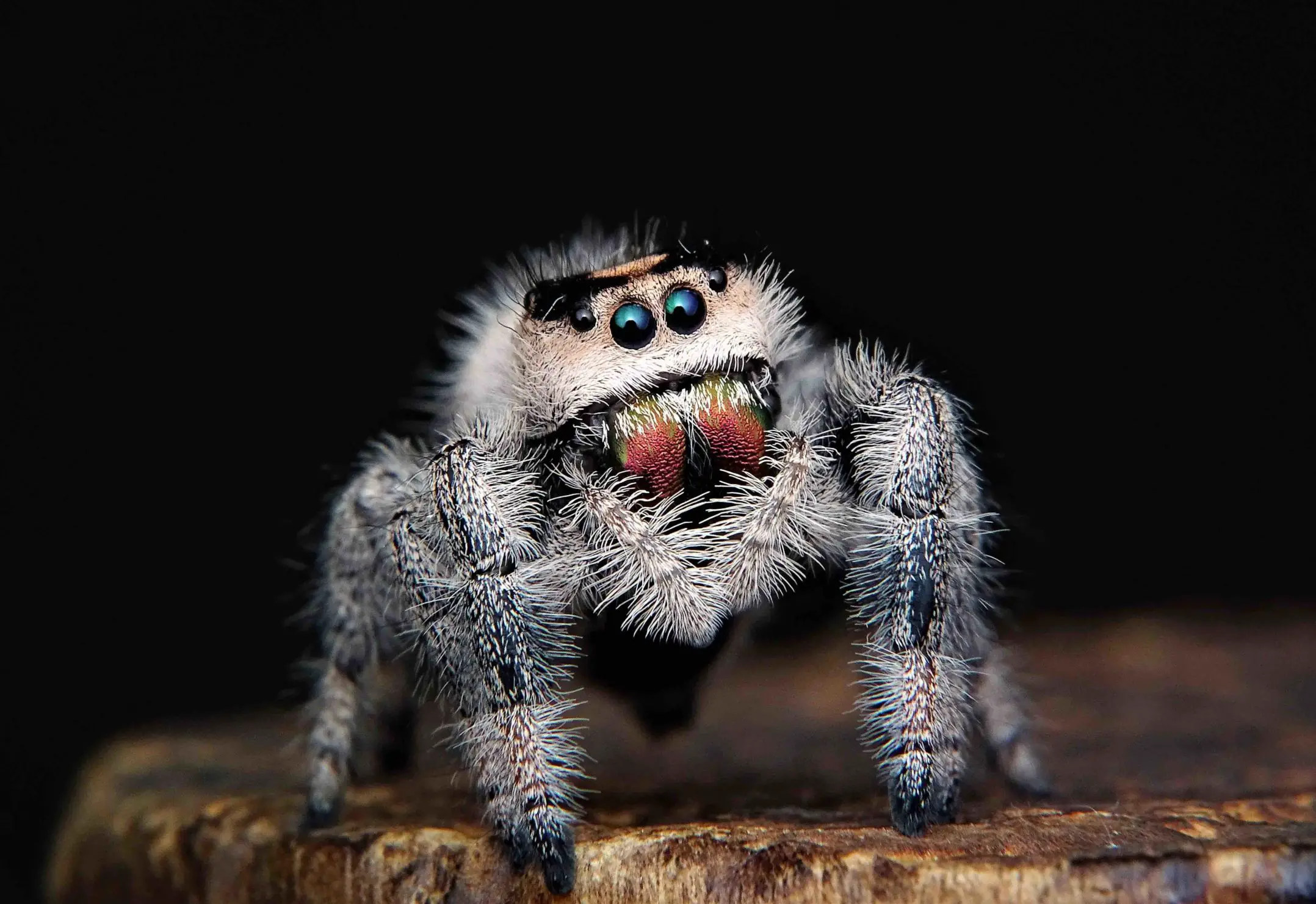
| Color | Behavior |
|---|---|
| Brown | Can be found in most places, generally shy and non-aggressive. |
| Yellow | Typically found in the tropics, often very active and highly venomous. |
| Green | Found in tropical and temperate climates, often seen in gardens. |
| Red | Found in tropical and temperate regions, may be very aggressive and venomous. |
| Black | Found in most places, can be aggressive and venomous. |
Spiders come in a variety of colors, from brown to black to yellow and green. These colors are often indicative of the spider’s behavior. For example, brown spiders are generally shy and non-aggressive, while yellow spiders found in the tropics are often very active and highly venomous. Green spiders found in temperate and tropical climates are often seen in gardens, while red spiders found in temperate and tropical regions may be very aggressive and venomous. Lastly, black spiders are found in most places and can be aggressive and venomous.
Spider Color and Habitat
Spiders come in a variety of colors, typically black, gray, brown, and red. The color of a spider can depend on its environment and habitat, with spiders in colder climates usually being darker and those found in warmer climates being lighter. Some spiders can also change color to better blend in with their environment. The habitats of spiders vary greatly, with some living in caves and some living on trees, plants, and in gardens. Spiders can also be found in dark and damp areas, such as basements, cellars, and garages.
Spider Color and Diet
- The color of spiders is highly variable and depends on the species.
- Most spiders have drab colors such as brown, black, gray, or tan. Some have bright colors such as yellow, red, or blue.
- Spiders may also have stripes, spots, or other markings.
- The color of a spider is related to its diet. Spiders that feed on insects may be brightly colored to warn predators of their toxicity.
- Spiders that feed on plants may be brightly colored to attract pollinators.
- Spiders that are ambush predators may be drab to blend into their surroundings.
Frequently Asked Questions
Are all spiders the same color?
No, not all spiders are the same color. While many spiders are black or brown, spiders can also be yellow, red, white, orange, and even blue. The color of a spider is determined by its species and can also be affected by its environment and diet.
Are there any spiders that have different colors?
Yes, some spiders have different colors. Many of these spiders are small and difficult to identify, but some species of spiders, such as the spider huntsman and the jumping spider, have colorful and distinctive markings. Other spiders, such as the golden silk orb weaver, are brightly colored and easily visible. Some spiders also change color depending on the time of year, temperature, or other environmental factors.
What Colors Can Spiders Be?
Spiders can come in a wide range of colors, from classic black and brown to yellow, green, pink, and even blue. Some species of spiders may have vibrant colors, while others may be dull or slightly iridescent. The color of a spider can depend on its age, environment, and species.
Do Spiders Change Color Over Time?
Spiders can change color over time, although this is a much rarer occurrence than in other arachnids such as mites and ticks. This color change can be caused by changes in the spider’s environment, such as a change in food sources, temperature, and humidity. Color change can also be the result of the spider’s aging process, as well as genetic mutations. In rare cases, some spiders can even change color in response to light conditions and their own emotions.
Is there a way to tell what color a spider is?
Spiders can come in a variety of colors, including black, brown, yellow, red, orange, and grey. While it is difficult to tell the exact color of a spider without a close-up examination, there are some characteristics that can help you identify the color. Examining the spider’s legs and abdomen can help to reveal its true color, as well as looking for patterns or stripes on its body. Additionally, the color of a spider’s web can also be an indicator of the spider’s color.
Conclusion
The color of a spider can range from the traditional brown to more exotic colors like pink, blue, and green. This color is determined by the type of spider, its environment, and the purpose of the color. In some cases, a spider’s color can indicate its level of toxicity or even provide camouflage. Color can also help spiders attract mates or warn predators. Ultimately, the color of a spider can vary greatly and is an interesting area of study.

